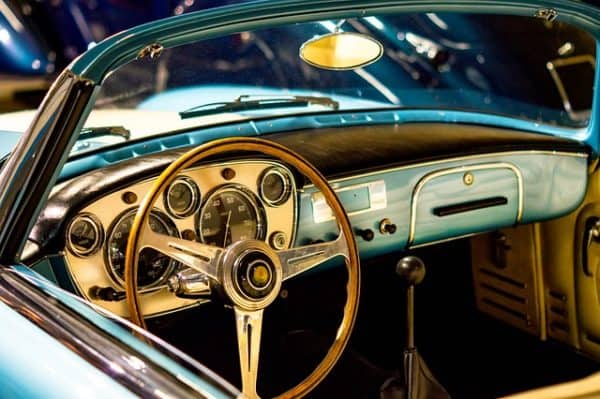
Millions of people use the Internet every day, though some refer to it as “the web” or simply “the net” or “online.” For many of these people, this technology is a primary way of communicating, sharing thoughts and images, and exchanging data. Electronic communication has altered the world and given Earth’s population a worldwide economy.
There’s another use for computer software, programming, and communication that could be described as “functional,” because it uses technology in a very practical manner. That use has contributed to the quality of life for much of the population, reducing the time element for communication to a level that was almost unimaginable a few years ago. In addition, the focused use of electronic technology delivers remarkable convenience and stress-reduction, so much so that the user is often unaware it’s even taking place.
What Is It?
The term “Internet of Things” (IOT) has been applied to the concept of having a growing number of appliances and personal devices connected to the Internet. Essentially, the world is rapidly becoming a network of devices, home appliances, vehicles, and more, each with embedded software, sensors, electronics, and connections that exchange data and, in most cases, reduce the amount of work or physical focus required of human beings.
By some estimates, the number of devices using some form of IOT technology is approaching 10 billion distinct products and items, with that number set to double in the next couple of years. Of course, this amazing growth has created a massive economic sector measured in trillions of dollars. If you think first about computers, tablets, and smartphones, you’ll be on the right track. However, IOT extends to many other devices and systems, including those in the car you’re driving.
Even the excellent infographic from Autodoc could be a place where you can learn about the use of IOT technology. While you might focus on the condition of the brake pads on your car, you might be surprised to learn that new vehicles use this technology to let the driver and the mechanic know when problems are developing. Electronic communication through sensors and notification lights on the dashboard feed this information immediately, an everyday use of IOT technology.
Automobile Industry
There is no question the automobile industry has always been receptive to new technology, dating back to the first manufacturing methods used. From the assembly line controlled by electricity, automotive technology has grown to become a standard way of improving performance, fuel-efficiency, and as mentioned above, maintenance-and-repair schedules. In recent decades, IOT has provided information and feedback. But, from this point forward, you’ll begin to see more electronic control of driving activity. On-board navigation systems are a perfect example of this, putting “maps” on high-definition screens to be accessed during travel.
The driver and passengers will increasingly interact with their car, testing and monitoring systems such as brakes, fuel consumption, tire wear, temperatures – the list will be endless. In fact, some manufacturers of sports and racing vehicles are now using what is called brake-by-wire, which eliminates the physical connection between your brake pedal and the brake shoes on each wheel. This could make hydraulic brake lines as we know them a thing of the past quite soon.
 Gearfuse Technology, Science, Culture & More
Gearfuse Technology, Science, Culture & More


